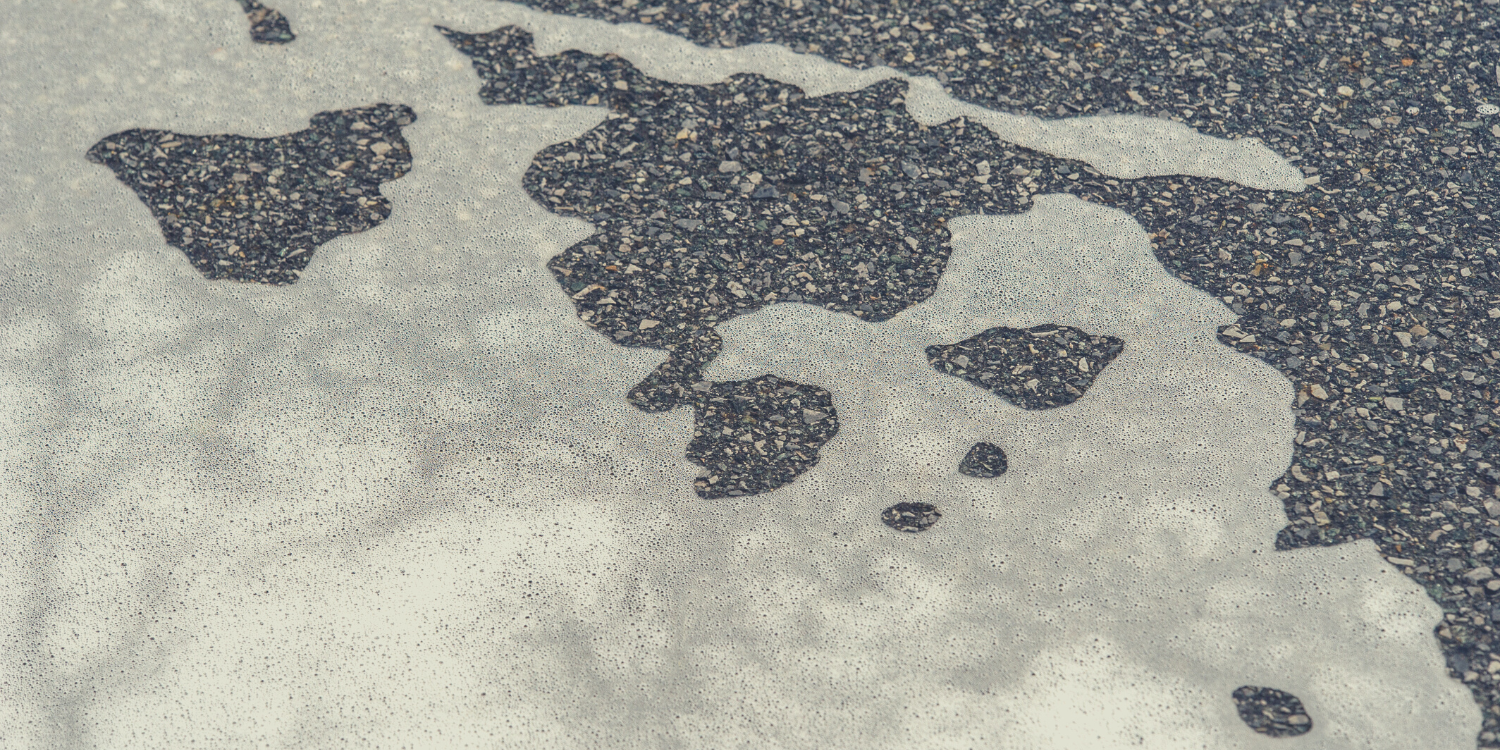
The War against the Washing Machine
Washing our clothes is poisoning our oceans, our fish and ourselves.
New studies indicate that the fibers in our clothes could be infecting our waterways and food chain on a massive scale.
Microfibers – tiny threads shed from fabric – are being found in alarming abundance on shorelines where wastewater is released. The spread of microfiber has similar consequences than that of Microbeads, solid plastic particles, which have recently been banned in the US. As Microbeads, microfibers are made of plastic (they are a conjugation of polyester, polyamide, and polypropylene (Prolen), the most common plastic).
Some studies have even found microfibers to be even more pervasive than Microbeads. Sherri Sam Mason, chemist at the State University of New York who tested samples at lake Michigan said to the Chicago Tribune the concern was also the fibers’ ability to absorb persistent organic pollutants such as polychlorinated biphenyls (PCBs), and to concentrate them in animals’ tissues.
Researchers have been trying to locate the source of this infiltration and the answer is unequivocal: our washing machines are the sole responsible. Indeed, every time you do your laundry the fibers get released in machine’s washing water and released onto pipelines to pass through wastewater treatment plants which are only capable of filtering 60% of fiber deposits, the rest invades our shorelines worldwide. “40% of them enter rivers, lakes and oceans,” according to researchers at the University of California at Santa Barbara, who carried study funded by outdoor clothing brand Patagonia.
Other experiments sampling wastewater from domestic washing machines published in the American Chemical Society have demonstrated that a single garment can produce more than 1900 fibers per wash. “This suggests that a large proportion of microplastic fibers found in the marine environment may be derived from sewage as a consequence of washing of clothes,” the research said. These particles get subsequently eaten by aquatic life, and become present in our consumed fish, seafood, shellfish, shrimp… (you name it really).
The increase in production of bad quality apparel, notably through the use of more synthetic textiles (in which microfibers are more present) is only making matters worse.
The retail industry is being very slow on proposing possible solutions to the growing issue. Notable outdoor brands preoccupied with the environment have taken action such as Patagonia, Columbia Sportswear and 18 others, studying the issue through the Outdoor Industry Association (OIA), a trade group consisting of about 1,300 companies around the world. The group Inditex, which owns Zara, said to the Guardian that microfibers fall into the category of issues covered by its Global Water Strategy, which includes ongoing plans to evaluate and improve wastewater management at its mills.
Solutions are also expected from the household appliance industry, as it is indeed through the washing machine that the fibers are dispelled.
Placing a nanoball in our washing machine that would attract and enclose the fibers is a proposed answer by Maria Westerbros of the Plastic Soup Foundation. Tersus Solutions's waterless washing machines are promising. With funding from the Energy commission, the Colorado based company has developed a machine in which textiles are washed in pressurized carbon dioxide.
Many suggest that governments should take action as the issue concerns everyone (like all living beings on the planet: black, white, animal, vegetal, Swedish, Mongolian...). Finding the technology to develop wastewater treatment plants enabled to filter sewage water completely from the fibers would be an ideal solution that could be funded by states for example.
Let's hope innovators, engineers and designers will be incentivized also to find a solution to the microfiber/washing machine problem.


Leave a comment
This site is protected by hCaptcha and the hCaptcha Privacy Policy and Terms of Service apply.